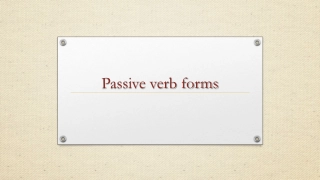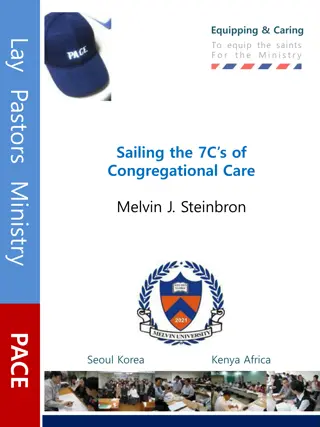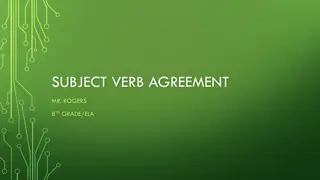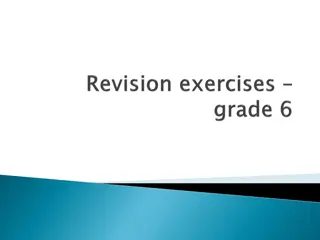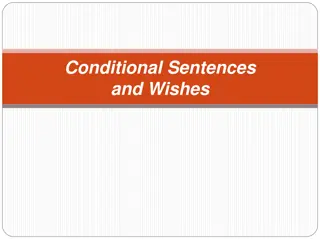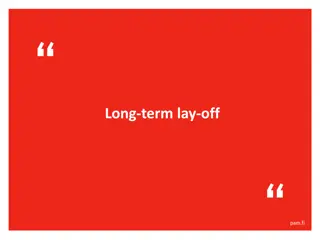
Mastering the Difference Between Lay and Lie in English Grammar
Confused about when to use "lay" or "lie" in English? This guide explains the distinction between these verbs, providing examples and clarifying how they are used in different contexts. Learn how to correctly apply "lay" for placing objects and "lie" for resting or reclining, avoiding common mistakes in writing.
Download Presentation

Please find below an Image/Link to download the presentation.
The content on the website is provided AS IS for your information and personal use only. It may not be sold, licensed, or shared on other websites without obtaining consent from the author. If you encounter any issues during the download, it is possible that the publisher has removed the file from their server.
You are allowed to download the files provided on this website for personal or commercial use, subject to the condition that they are used lawfully. All files are the property of their respective owners.
The content on the website is provided AS IS for your information and personal use only. It may not be sold, licensed, or shared on other websites without obtaining consent from the author.
E N D
Presentation Transcript
Writing Lab Lie and Lay
Lay vs. Lie Which word should you use? Do not confuse the transitive verb LAY (which has an object) with the intransitive LIE (which does not).
Lay Lay: to put or place something The principal parts of Lay are lay lays laying laid (has) laid
Examples of Lay We will lay (put down) the new carpet next week. When laying (putting down) tile, you must be careful to get it straight. Someone has laid (placed) my keys in the wrong place.
Examples of Lay Cont. I must have laid (placed) my brush down somewhere yesterday. I m always laying (placing) things down and forgetting where I laid (placed) them.
Lie Lie: to rest or recline The principal parts of Lie are Lie Lies Lying Lay (has) lain
Examples of Lie Small children should lie (recline) down for a nap after lunch. The baby lay (reclined) awake and cried all night. The cicada hoard has lain (rested) dormant for years, awaiting the right time to strike. I found your keys lying (resting) under the couch.
Examples of Lie Cont. The first command my dog learned was Lie (recline) down, Spike. The robber told the bank tellers and the customers to lie (recline) down on the floor.
Dont Confuse Lay (to place) and Lay (to rest) Though some trained professionals and students claim to have learned that inanimate objects/things cannot lie (rest) that only people lie (rest) no such rule exists.
Both people and inanimate objects may be found lying (in a resting position): Trees were lying on the ground after the hurricane. Tourists can be seen lying on the beach getting suntans. Your keys are lying on the desk.
Practice I (layed/laid) the book on the table yesterday. I laid the book on the table yesterday. I think I will (lay/lie) down and take a nap. I think I will lie down and take a nap. My cat is (laying/lying) in its bed. My cat is lying on its bed.
More Practice The book is (laying/lying) on the table. The book is laying on the table. I (lay/laid) around all day yesterday. I lay around all day yesterday. You re (laying/lying) on my blanket. You re lying on my table.
Thats all, folks! This lesson is part of the UWF Writing Lab Grammar Mini-Lesson Series Lessons adapted from Real Good Grammar, Too by Mamie Webb Hixon To find out more, visit the Writing Lab s website where you can take a self-scoring quiz corresponding to this lesson

